Some hardware changes, such as graphics card, processor, and RAM, can offer a good performance gain
Making the PC faster is often the goal of many users, especially when it is not possible to buy a new machine.
The good news is that it is possible to improve the computer’s performance with some hardware changes, thus resolving minor crashes and slowness to start the system or run programs.
Here are computer hardware changes you can make to make your computer run faster. Among the options are changing the processor and video card or resorting to a cooler to help with cooling.
What Makes a Computer Fast and Powerful?
You can choose the one that best suits your pocket or bet on more than one solution.
1. Quantity and speed of RAM

A computer with a low amount of RAM will have lower-than-expected performance and difficulty opening many applications at the same time.
To prevent this from happening, modern operating systems require a minimum amount between 2 GB and 4 GB, for simpler jobs and tasks, or above 8 GB for games.
The investment in memory only requires the installation of more components, as long as the motherboard has available space. This is a way to gain performance almost instantly, without having to do any extra configuration. The current standard for RAM is DDR4, and a 4 GB module clocked at 2133 MHz.
Before installing, make sure your motherboard supports dual channel technology, which enhances the use of memory modules together, resulting in more performance.
This standard requires at least two modules placed in specific slots on the board and may require some configuration in the BIOS.
However, if your computer’s motherboard already has all the spaces for memories occupied or if the maximum volume of RAM supported has already been reached, you can resort to memories that have a higher clock or speed.
In the DDR4 standard, for example, it is possible to find modules with speeds that vary between 1600 MHz and 3200 MHz.
About capacity, remember that lack of memory can greatly affect your performance and cause games to stutter, but the excess will not bring any immediate benefit.
For gamers, 16GB is considered sufficient, but there are games on the way that have already started to indicate 32GB as the ideal configuration. This is the case with Microsoft’s new Flight Simulator.
2. SSD

One way to considerably speed up your computer’s performance is to use an SSD to install the operating system. Solid-state drives are an alternative to traditional hard drives and can be considered a modern version of the hard drive.
The technology is based on flash memories, which present a notable gain in speed when starting the system and opening programs or files.
Devices with a SATA interface are compatible with virtually any PC or notebook and won’t spoil the hard drive you already have.
Another possibility is to opt for an M.2 SSD, which uses the M.2 port of more modern motherboards and can perform even faster than conventional models.
3. Processor
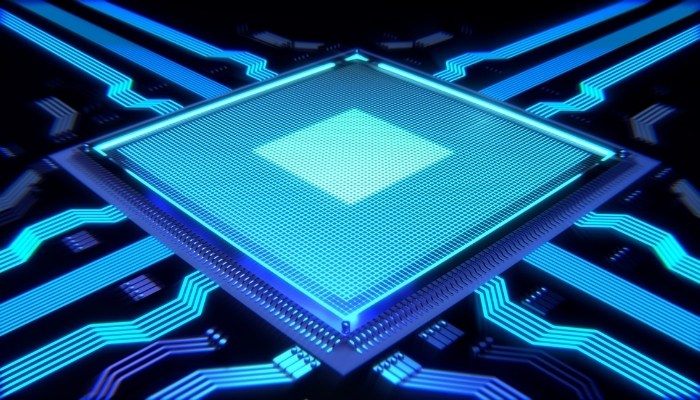
Replacing the processor with a same-socket option can be an interesting way to speed up your PC, considering that this component is the core of the computer, responsible for processing all incoming data.
It is worth mentioning that, if you use AMD, you can only change the processor for another one of the same brand and socket. Models in the AM4 standard have at least two compatible generations.
Older Intel components don’t usually share sockets with newer generations. In this case, possibly, you will also have to change the motherboard and RAMs.
It is also important that you think about acquiring internet from top internet providers. After all, what’s the point of having a good processor if the internet doesn’t collaborate to open pages, social networks, and games?
4. Power source (PSU)

A very common mistake is putting all the budget on processors and video cards without investing in a power supply with adequate capacity.
Here it is not simply a matter of “the more Watts, the better”, but of checking how much your PC consumes and looking for models with great component quality, which guarantee stability, economy, and good durability.
There are certifications called PLUS, which attest to the efficiency of sources. They range from White, Bronze, Gold, and Platinum, in order of increasing efficiency. Keep an eye on the warranties offered and the size of the fans. The larger, the quieter they tend to be in operation.
Another important detail of the fonts is modularity. These templates allow you to detach all connections and cables that you are not going to use, which improves organization inside the case and also improves airflow in some cases.
The power supply alone may not increase your machine’s performance, but a weak model can limit all other parts, causing crashes, blue screens, FPS drops, and a lot of headaches.
5. Video card or VGA
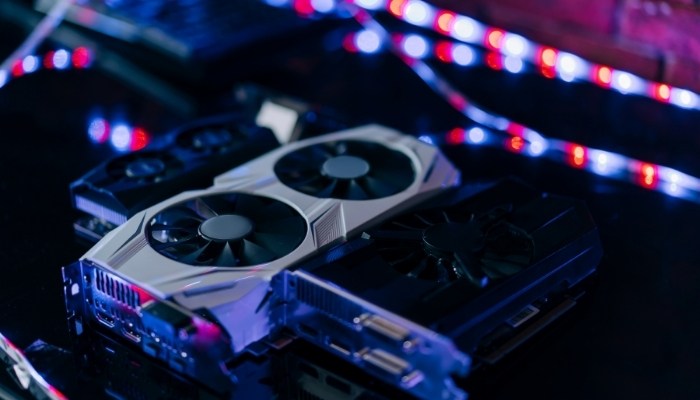
Replacing the graphics card can be an option when the user notices that their PC’s graphics performance is compromised, especially in games.
This hardware is responsible, together with the processor, for generating the images (frames) and, therefore, it is necessary to choose a model that is suitable for the performance of the CPU.
For example, a robust graphics card, which generates many frames, can compromise the performance of a more modest processor. On the other hand, a very advanced CPU, coupled with a low-performance VGA, will present limited visual quality.
Here the rule is clear: the more powerful the card, the better. More graphics processing power makes room for higher quality graphics tweaks, more screen resolution, and most importantly a more stable FPS rate.
However, keep in mind that this component can be limited in performance by a very weak processor, something that will certainly impact the card’s potential.
Replacing a graphics card is a feature intended for desktops, and in this scenario, the default is PCI-Express. With a good video card, you can have the same image quality as satellite tv providers and be amazed.
6. Motherboard
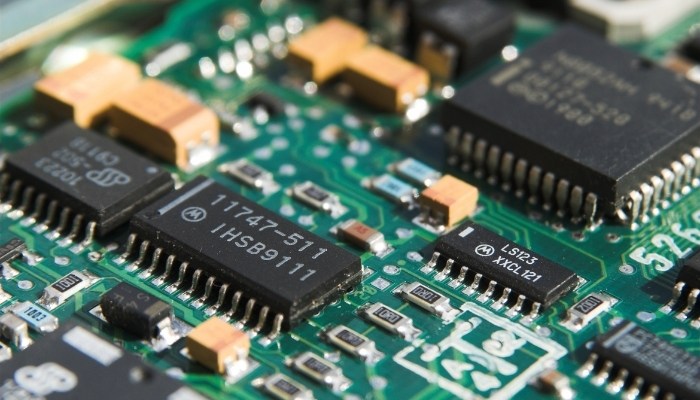
The motherboard is one of the most important items in a computer and it can compromise the use of advanced CPU features.
Therefore, when choosing, it is important to gather characteristics such as a good chipset, which allows the installation of more memory modules; dual channel and overclock support (including automatic); modern expansion doors, and the possibility to install a good cooling system.
Upgrading the motherboard should be considered when it becomes evident that the processor is failing to offer advanced features for lack of a better chipset, which is not such a common scenario.
In this case, it is worth replacing both components. In addition, it is important to place the parts in an appropriately sized case so as not to compromise the airflow inside the PC.
When searching for a motherboard, invest in models with a power system suitable for the desired processor. Also think about the resources you need to have (such as several USB ports, PCI Express slots, etc.) so you don’t get stuck with no space for installing new components in the future.
Models made in the ATX standard are the largest and most complete, with a variation of features according to the chosen chipset. Examples are Intel’s Z390, AMD’s X570, and B450. mATX models are a little more compact, with a reduction in the number of PCI Express, SATA, and M2 ports in general.
Finally, the Mini ITX models are the most compact, aimed at the audience that wants PCs not much bigger than a console.
Although there are models of excellent quality, they have reduced compatibility, often bringing the video card and processor slot closer together (which restricts the cooler options) and limiting the user to only 2 slots for installing RAM.
7. Intel Optane
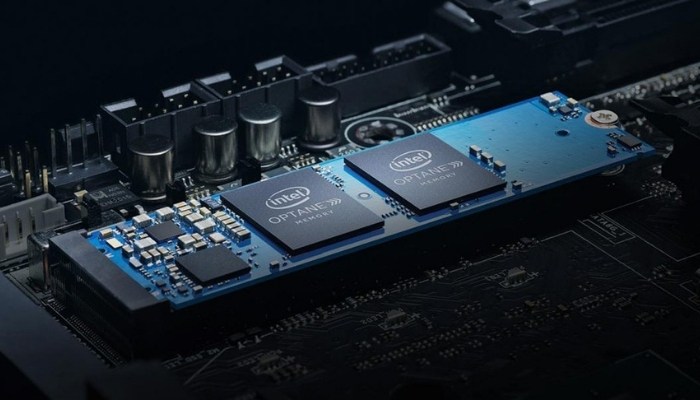
Computers with a 7th generation Intel processor or higher, which have a motherboard compatible with NVMe devices, can use Intel Optane technology to accelerate any disk installed in the PC.
These memories try to understand, in an intelligent way, which are the most used files, according to the user’s profile. Thus, they store the data so that the next access is faster.
The advantage of this pattern is that it allows even older disks to gain some performance. On the other hand, the result obtained may not be so expressive. Optane memories (which have nothing to do with RAMs) are more easily found in 16 GB or 32 GB versions.
8. Cooler and overclocking
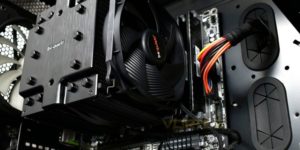
Investing in a good cooling system can also bring performance gains. When the processor reaches very high temperatures, it automatically reduces its frequency (clock) to cool down. So, a good cooler can help improve your PC’s performance, without spending too much.
Another practice that can be adopted is overclocking, which consists of raising the frequency of processors to very high numbers. However, it is worth mentioning that this procedure can compromise the life of the component.
The cooler can also be useful to bring more security and stability to the system at this time.
Conclusion
Boosting your PC’s performance is a great way to reduce your stress and anxiety levels and avoid headaches. So, follow these tips, plan your goal with the machine and then select the parts you need. Thus, you guarantee maximum performance.
